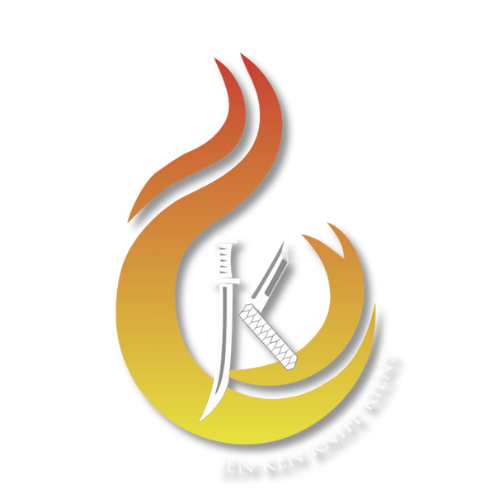Blog, Controllers
How to Choose the Right Kiln Controller for Your Jen-Ken Kiln
Whether you’re new to electric kilns or thinking about upgrading, the kiln controller you choose plays a huge role in your results. A good controller helps you fire with confidence, offering consistent temperatures, fewer mistakes, and time savings. While there are many kiln controllers on the market, this guide highlights only the ones we offer and trust here at Jen-Ken Kilns. Here’s a quick breakdown of what they do and how they compare.
🔘 Orton AutoFire® AF4X 3-Button Controller
Simple, compact, and built for versatility.
The AF4X (aka AF3P/AF3C) is perfect for smaller kilns and artists who want just enough control—without the learning curve. It comes preloaded with programs for glass, PMC, and cone firing, plus 25 user program slots.
-
Supports up to 20 firing steps per program
-
Built-in safety relay
-
Handles Type K, N, S, and R thermocouples
-
Optional diagnostics and alarms
-
Fits into control boxes or comes standalone
It’s a direct replacement for older models like the Jen-Ken SentryXpress 4.0 & 5.0.
In addition to its simplicity, the AF4X includes a protected switchboard, upgraded thermocouple connections, and diagnostic options that make troubleshooting easier. It’s a reliable and user-friendly controller designed with the everyday kiln user in mind.
🔧 Learn More
Want to dive deeper into the AF4X’s features and firing tips? Check out AF4X Resources from the Orton Ceramic Foundation.
🔢 Orton AutoFire® 4000 12-Button Controller
More buttons, more power, more control.
The AutoFire 4000 takes everything the AF4X does and scales it up. It’s built for larger kilns or users who need more customization and firing precision.
-
35 custom programs with up to 20 steps each
-
Multi-zone firing support for even heating
-
Onboard diagnostics and high-temp alarms
-
USB interface, programmable limits, and locking features
-
Handles Type K, N, S, and R thermocouples
This controller is ideal for industrial setups or artists running large-scale firings. Its robust electronics, improved thermocouple blocks, and EMI protection ensure it performs even in challenging environments.
🔧 Learn More
Learn more about the advanced settings and specs with these AF4000 Resources from the Orton Ceramic Foundation.
🖥️ Orton AutoFire® Slide Touchscreen Controller
Touchscreen simplicity with all the AutoFire 4000 power.
The newest addition to Orton’s lineup, the Slide has all the capabilities of the AF4000 but with a large-format touchscreen interface.
-
Easy navigation with graphical menus
-
Same advanced firing logic as AF4000
-
Works for single- or multi-zone kilns
-
Up to 3308°F operation
-
Streamlined for visual thinkers and modern makers
Designed for intuitive use, the Slide makes complex firings feel simple. With its touch interface and smart diagnostics, it’s a great fit for any artist who likes to visualize their process.
🔧 Learn More
Explore everything the AutoFire Slide touchscreen controller can do with these AutoFire Slide Resources from the Orton Ceramic Foundation.
📱 SDS Industries TAP Touchscreen Controller
Smart, sleek, and insanely intuitive.
The TAP controller is a next-gen, full-featured touchscreen controller designed for artists who want visual control and mobile access.
-
Full-color touchscreen with real-time firing graphs
-
Create, edit, and save unlimited custom schedules
-
Built-in maintenance reminders for relays and elements
-
Use the TAP app to control your kiln remotely
-
Ideal for detailed firing and glass/knife/ceramic work
-
Easy to install—just choose your power cord setup
With high contrast visuals and remote access through the TAP app, this controller is ideal for artists who want convenience and precision. It’s like having a control panel in your pocket.
🔧 Learn More
Curious about the touchscreen interface or remote access features? Find more info in the TAP Controller Resources from SDS Industries.
Final Thoughts
Every kiln and every artist is different. Whether you prefer tactile buttons or a touch-based interface, basic presets or deep customization, there’s a controller here for you.
Need help choosing the right one? Reach out—we’re happy to help match you with the best fit for your kiln and craft.
Need to update your controller’s software?
→ Orton Ceramic Foundation
→ SDS Industries


